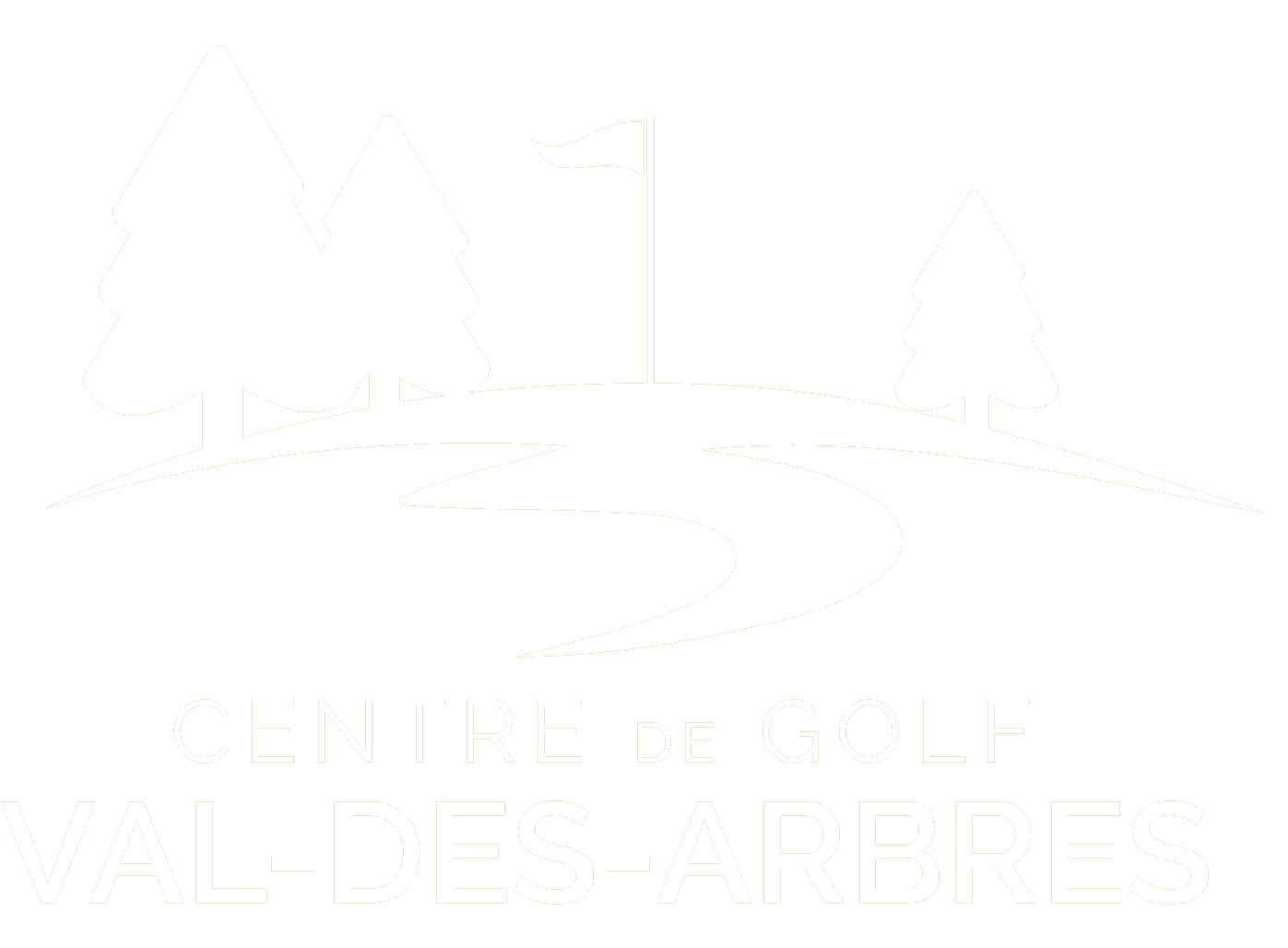Golf is a sport that requires precision, skill, and knowledge of the rules. While it may seem intimidating at first, learning the basic rules of golf can make your experience on the course much more enjoyable. From knowing how to tee off to understanding penalties and scoring, there are certain fundamentals that every beginner should be aware of.
Whether you’re planning to take up golf as a hobby or hoping to improve your game, familiarizing yourself with the essential rules is a great place to start. By understanding and following these rules, you’ll not only avoid embarrassing mistakes but also establish a solid foundation for your golfing journey.
Why Do Golf Rules Matter?
Golf rules play a crucial role in maintaining the fundamental principles of the game. They outline how the game is played, cover a wide range of scenarios that can occur on the course, and ensure that every player follows the same guidelines. By providing a standardized set of rules, golf fosters an environment of fairness and equal opportunity, where each player’s performance is a result of their skill, strategy, and decision-making rather than external factors.
The rules also help prevent potential conflicts or disputes among players by offering clear resolutions for various situations, from addressing penalties for rule violations to determining how to handle issues like ball placement or out-of-bounds shots. Overall, golf rules serve as the cornerstone of the sport’s integrity and uphold the tradition of honorable competition while enhancing the overall experience for players and spectators alike.
Improve your game at a driving range
Etiquette All Golfers Should Follow On The Golf Course
Golf etiquette is crucial to maintain a respectful and enjoyable atmosphere on the golf course. Here are some aspects of proper etiquette that you should keep in mind for every game of golf:
- Respectful Behavior:
- Quiet and stillness during shots
- Avoiding distractions for fellow golfers
- Polite language and sportsmanship
- Pace of Play:
- Keeping up with the group in front
- Being ready to hit when it’s your turn
- Avoiding slow play
- Repairing the Course:
- Repairing ball marks on the green
- Replacing divots on the fairway
- Raking bunkers after use
- Keeping the Course Clean:
- Proper disposal of trash and litter
- Not disturbing wildlife or plant life
- Using sand buckets for cigarette butts, if allowed
- Respecting Other Golfers:
- Avoiding walking in putting lines
- Staying still and quiet when others are swinging
- Helping search for lost balls
- Dress Code:
- Wearing appropriate golf shoes
- Removing hats in indoor areas
- Wearing an official golf outfit where possible
Basic Golf Rules All Golfers Need To Know
In the world of golf, rules provide the structure and fairness that make the game both challenging and rewarding. Whether you’re a seasoned golfer looking to refresh your knowledge or a beginner golfer taking your first swings, understanding these fundamental rules is essential to navigating the course with confidence and integrity. In this section, we explain the key rules that shape every round of golf.
Rules For Teeing Off
Teeing off is a foundational aspect of golf, setting the stage for each hole’s challenge. As you approach the tee box with your tee ball, your aim is to position the ball correctly between the designated tee markers. These markers indicate the areas from which you can tee off, allowing flexibility based on your comfort and skill level.
When taking your tee shot, you have the freedom to adjust the height of the ball on the tee, catering to your preferred club and swing style. This initial stroke requires precision and strategy, as it influences the direction and distance your ball will travel down the fairway. Mastering the art of teeing off is essential for a strong start to each hole, and understanding these basic rules ensures that you’re well-equipped to make the most of your tee shots on the golf course.
Rules For Out Of Bound Balls
“Out of Bounds” refers to areas on the golf course that are marked by white stakes as being beyond the playable area. This could include areas outside the course’s property or specific sections designated as out of bounds. If a golfer takes a bad shot and their ball crosses these marked boundaries, it is considered out of play.
When a ball is hit out of bounds, the golfer must take a penalty stroke and play their next shot from the spot where the previous shot was played. In essence, it’s as if the shot was never taken, except for the added penalty stroke. The purpose of this rule is to prevent golfers from receiving an unfair advantage by hitting shots from areas that are clearly beyond the intended playing field.
Rules For Lost Golf Balls
The “Lost Ball” rule in golf occurs when a golfer’s ball cannot be found within the five-minute search time allowed under the rules. This can happen if the ball lands in thick rough, tall grass, bushes, water hazards, or other challenging areas that obstruct visibility. It’s important to note that the clock starts ticking as soon as the search begins, and if the ball isn’t found within the five-minute limit, it is deemed lost.
Similar to shots that go out of bounds, a penalty stroke is incurred when a ball is declared lost. The player must then return to the spot where the previous shot was played and play another shot, adding the penalty stroke to their score. The ball that you use when your original ball is lost or out of bounds, the new ball used is known as the provisional ball.
Rules For The Order Of The Game
The order of play in golf, governed by official rules, establishes the sequence in which golfers take their shots throughout the game. This sequence is determined by the distance from the tee to the hole, with the player farthest from the hole playing first. This arrangement ensures a smooth flow of the game and prevents any advantage for players based on their position. Each golfer’s turn is a moment to showcase their golf swing skills and strategic thinking, contributing to the dynamic rhythm of the round. Adhering to the established order of play not only maintains fairness but also enhances the camaraderie and enjoyment of the entire golf game.
Rules For Your Scorecard
Exchanging scorecards marks the start of the competitive round of golf. As one part of your playing partners keeps your score at the bottom of the card, it’s essential that you watch and record each shot carefully. Mistakes can be made after all, and it’s better to double check what their score was for you at the end of the round rather than having to contest a discrepancy during or after the match.
After a competitive round, taking time to review and correctly sign off on your scorecard is paramount. When both parties agree to this signed record and that a fair game has been played, everything then should be set in stone as far as legitimate scores go for official competitions. Remember, the aim of golf is to achieve the lowest score, so take a good look at the scorecard and the lowest score wins!
Rules For Your Equipment
In golf, adhering to the rules of golf equipment is essential for fair play and a consistent experience. Each player is allowed a maximum of 14 clubs in their bag during a round, known as the 14-club rule, preventing an unfair advantage. Golfers must also ensure that their clubs adhere to regulations, including restrictions on club length and design.
Common penalties can result from carrying too many clubs or using non-conforming equipment. Seeking advice on club selection from sources other than fellow competitors is prohibited. These rules apply to both professional and amateur golfers, ensuring a level playing field and promoting the skillful use of a limited set of well-chosen clubs.
Best driving ranges in Montreal
Penalties If You Break The Rules Of Golf
If you break a rule in the golf industry, penalties are essential consequences. A one-stroke penalty is incurred for rule violations, impacting a player’s score for the hole. A two-stroke penalty might result from certain rule breaches or failing to correct a mistake within the designated time.
In some cases, a player might even need to return to a previous hole to correct a penalty. Additionally, playing the wrong golf ball incurs a two-stroke penalty, emphasizing the importance of careful ball identification. When you are subject to a penalty, your ball will experience a penalty drop which will dictate where you can take your next shot instead of your original spot. Penalties ensure fairness and adherence to the rules, fostering a level playing field for all golfers.
Understanding The Hazards On The Golf Course
A good golf club will have a golf course with hazards in order to make the round interesting. Whether they are man-made objects such as bunkers, or natural water hazards, they are designed to make golf shots that little bit more difficult. Understanding the hazards frequently present on golf courses will help guide your game and further help you adhere to the complex rules of golf:
- Bunkers: Sand bunkers are depressions filled with sand strategically placed throughout the course. When a ball lands in a bunker, it adds an element of difficulty to the shot. Players must carefully consider their swing technique to escape the bunker effectively and position themselves for the next shot.
- Water Hazards (Yellow Stakes): Water hazards are areas of water, such as ponds, lakes, or streams, that are strategically integrated into the course. These areas are often marked with yellow stakes. When a ball lands in a water hazard, players have the option to play the ball as it lies with a penalty stroke or take a drop outside the hazard’s designated area, incurring a penalty stroke as well.
- Dense Vegetation and Rough: Parts of the course covered in thick grass or dense vegetation are referred to as rough. These areas can pose challenges for shot accuracy and distance. Golfers may encounter situations where their shots are impeded by loose impediments, such as leaves or twigs, which can affect the outcome of their shots.
Book a Golfing Session
The Centre De Golf Val Des Arbres is a comprehensive golf practice facility for golf enthusiasts of all levels. Our driving range provides a spacious area for golfers to hone their skills and refine their swings. With various target distances and well-maintained hitting mats, golfers can work on their accuracy and distance control. Our facility also rents golfing equipment if you need it.

